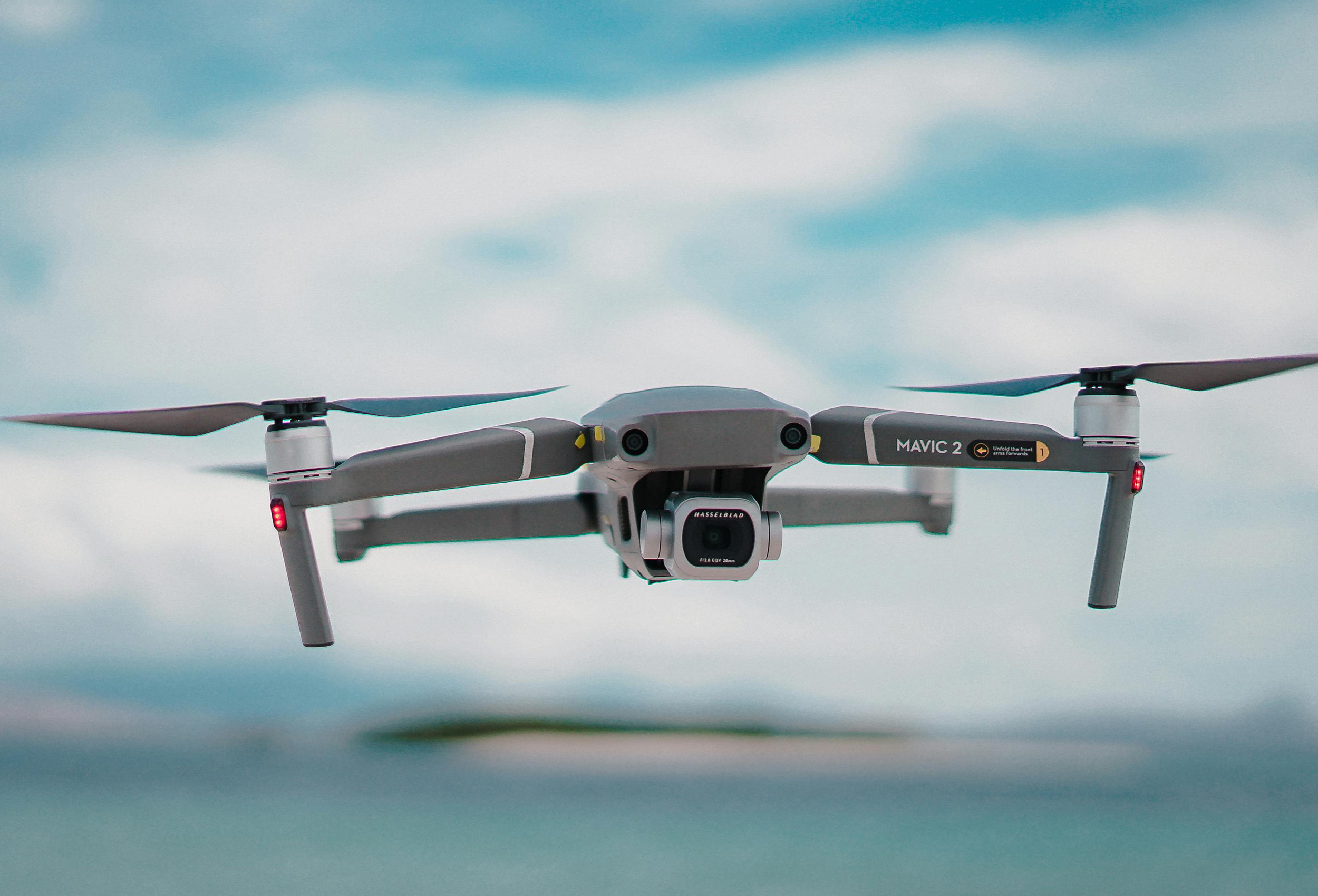Drone photography has transformed how we capture and view the world around us. What once required expensive helicopter rentals or specialised equipment is now accessible to anyone with a quality drone and some basic flying skills. The key to exceptional aerial photography lies not just in your equipment, but in discovering the right locations that offer compelling perspectives and visual interest.
Finding excellent drone photography locations requires more than simply heading to the nearest open space. You need to consider regulations, weather patterns, safety factors, and the visual potential of each site. The best drone photographers spend considerable time researching and scouting locations before they ever take to the skies. For getting
Ever searched for “drone photography near me” and wondered who can truly take your visuals to the next level? Look no further — professional drone photography is now right at your doorstep! Whether you’re showcasing real estate, filming a wedding, capturing breathtaking landscapes, or promoting your business, aerial photography delivers that wow factor your audience will never forget.
Researching Local Drone Photography Locations
Before launching your drone, thorough research forms the foundation of successful aerial photography. Start by checking local aviation authorities’ regulations, as these vary significantly between regions and can change frequently. Many countries maintain online databases showing no-fly zones, altitude restrictions, and permit requirements.
Weather conditions play a crucial role in both safety and image quality. Wind speeds above 15 mph can make flying challenging and affect image sharpness. Check multiple weather sources and consider how different conditions might enhance or detract from your intended shots. Golden hour lighting occurs during the first and last hour of sunlight, providing warm, soft illumination that enhances most aerial subjects.
Research potential subjects within your area using satellite imagery through Google Earth or similar platforms. Look for interesting patterns, geometric shapes, colour contrasts, and leading lines that might translate well to aerial photography. Rivers, coastlines, agricultural fields, and urban developments often provide compelling subjects when viewed from above.
Prime Locations for Aerial Photography
Parks and green spaces offer excellent starting points for drone photography, particularly for beginners. These locations typically have fewer restrictions and provide natural subjects that change dramatically with the seasons. Spring blossoms, autumn colours, and winter snow create different moods and colour palettes throughout the year. Large parks often feature interesting landscape elements like lakes, bridges, and pathways that create natural leading lines in aerial compositions.
Urban environments present opportunities for architectural photography and cityscape documentation. Building patterns, street layouts, and the contrast between developed and undeveloped areas can produce striking images. However, urban flying requires extra caution due to increased regulations, air traffic, and potential obstacles like power lines and communication towers.
Coastal areas provide dynamic subjects with the constant interaction between land and water. Beaches, cliffs, harbours, and tidal pools offer varied compositions, while the movement of waves and changing tides create different photographic opportunities throughout the day. Coastal flying requires attention to wind conditions, which can be more variable near large bodies of water.
Historical sites and landmarks benefit from aerial perspectives that show their relationship to surrounding landscapes and settlements. Ancient ruins, castles, and heritage buildings often reveal architectural details and site layouts that aren’t visible from ground level. Always check for specific restrictions around protected sites, as many have strict no-fly policies.
Making the Most of Your Local Area
The most rewarding drone photography often happens close to home. Familiar locations photographed repeatedly under different conditions build both technical skills and artistic vision. What appears mundane at ground level may reveal fascinating patterns and relationships when viewed from above.
Start building your location database systematically. Document access routes, parking availability, optimal weather conditions, and seasonal variations for each site you discover. This preparation allows you to respond quickly when perfect conditions arise, rather than spending precious golden hour time on logistics.
Remember that the best drone photography locations combine technical accessibility with visual interest. A spectacular view means nothing if regulations prevent legal flying, while perfectly legal locations may offer limited photographic potential. The sweet spot lies in finding places where you can fly safely and legally while capturing images that engage and inspire viewers.

